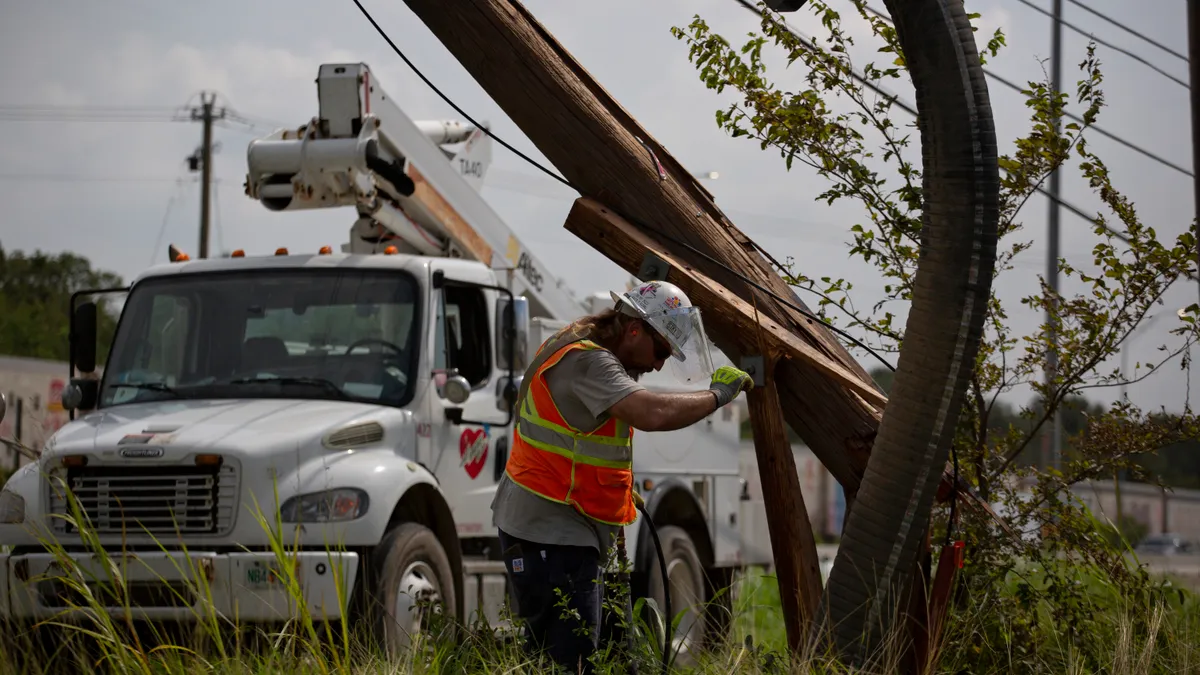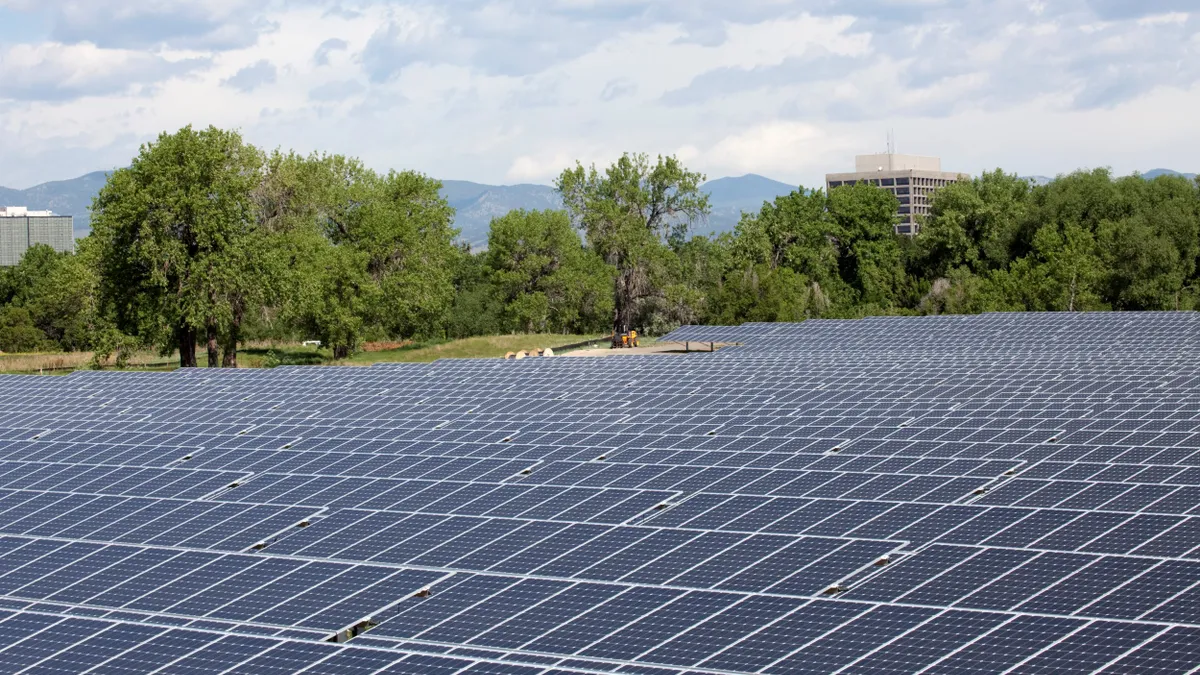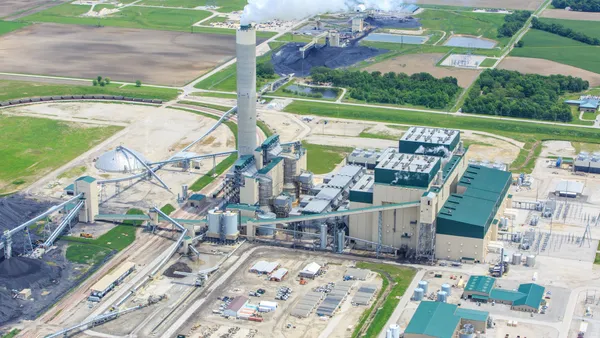Dive Brief:
- CenterPoint Energy on Friday filed a $5.75 billion system resiliency plan with the Public Utility Commission of Texas that calls for installing automation devices on power lines serving large numbers of customers; undergrounding more than 50% of its electric system; strengthening 130,000 power poles; raising substations above flood plains; and expanding vegetation management.
- The proposal is the “largest single grid resiliency investment in the company's history,” CenterPoint said, and aims to reduce storm-related outages for the utility’s 2.8 million customers around the Houston area. Work would be completed from 2026 to 2028.
- CenterPoint said the plan builds on its Greater Houston Resiliency Initiative that it launched in August after Hurricane Beryl left almost 2.3 million customers around Houston without power.
Dive Insight:
CenterPoint wants to be the “most resilient coastal grid in the country,” President and CEO Jason Wells said in a statement.
The utility serves a quarter of the load on the Electric Reliabiility Council of Texas system and its critical customers include the Port of Houston, Texas Medical Center, two airports and several chemical refineries, the company noted in its application.
“The array of resiliency actions will provide customers with clear benefits now and in the future, is cost-effective, and will build on the progress we've already made,” Wells said. “Taken together, we believe that these resiliency actions will help create a future with fewer outages coupled with faster restoration times.”
The utility faced criticism for its response to Hurricane Beryl in July, when a fleet of large mobile generators went largely unused.
CenterPoint’s resiliency plan calls for rebuilding or upgrading more than 2,200 transmission structures, utilizing a three-year vegetation management cycle for transmission and distribution lines and modernizing 34,500 spans of underground cables. The utility will also make improvements to its existing technology systems and move customer-facing websites from on-premise to cloud-based hosting to ensure better communications.
The plan will improve systemwide resilience by 30%, reduce storm-related costs by approximately $50 million per year and avoid “outages for more than 500,000 customers in the event of another Beryl-like storm,” the utility said.
The system improvements are particularly important due to the growth the utility is seeing, according to the Houston-based utility company.
“The number of customers in our service area is expected to continue growing by 2% annually for the foreseeable future — the equivalent of adding a city the size of Waco, Texas, every year,” CenterPoint said.
Texas lawmakers in 2023 required electric utilities to submit resiliency plans to improve grid reliability. Oncor Electric’s $3 billion plan was the first to be approved, in November, and Entergy’s $137 million plan was approved in January.














